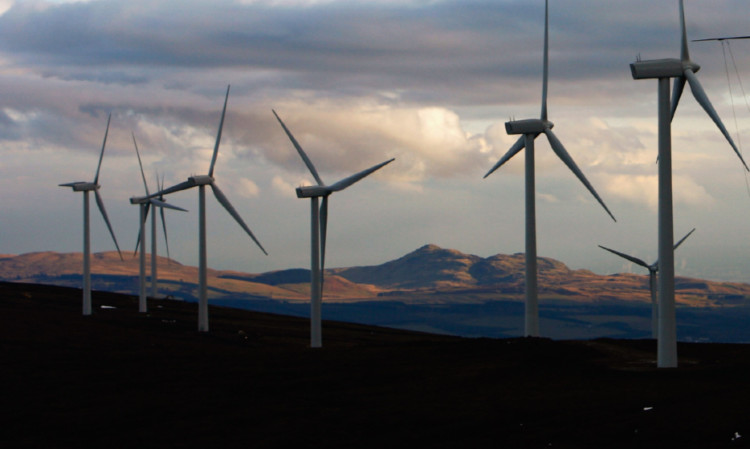
THE UK’s land must be managed in a “fundamentally different” way than it has been since the war to tackle climate change, Government advisers have warned.
Bold changes are needed so land can deliver greenhouse gas reductions, cope with climate impacts such as flooding, produce food and provide space for a growing population to live, the Committee on Climate Change said.
Boosting woodland cover from 13% today to 19% by 2050, restoring as much as 70% of UK peatland, more hedgerows and more mixed farming could help deliver needed emissions cuts, the committee’s report says.
Reducing meat consumption in line with the Government’s healthy eating guidelines would cut emissions and free up land for other uses, though the report does not call for people to switch to vegetarian diets.
It warns fundamental reform is needed so land can store more carbon and to cut emissions from agriculture, as well as deliver other benefits from the land such as clean water, boosting wildlife and improving productivity from richer soils.
Around 5%-10% of farmland could be used for “agro-forestry”, with trees planted in cropland and pastures, which can help store carbon, reduce need for chemical fertilisers and protect livestock and wildlife.
Future changes could see “wet-farming” on restored peat soils, growing crops such as blueberries, reeds and sphagnum and rearing water buffalo.
A second report from the committee said use of “biomass” or plant material could help cut emissions, as long as it is done sustainably, with tighter rules on sourcing plants for energy, substantial increases in using wood in buildings and developing technology to capture carbon from biomass power plants.
Lord Deben, chairman of the committee, said: “We have an urgent need to change the way we use our land, and that is central to the battle against climate change.
“Unless we do it we won’t be able to meet targets Parliament has already signed up to.
“And we need it not just for dealing with mitigation of climate change but also for adaptation.
“We need to have much more mixed farming, not just monocultures, not just to replenish the fertility of the soil that needs to come back, not just for food production, but so that the soil can be a proper sequesterer of carbon.
“It’s absolutely central to the battle against climate change.”
Beef cattle have a role to play in fertilising the soil through their manure and even the way they walk, he said, but he warned against the intensive farming that monocultures produce.
“What we’re saying is not that the answer is vegetarianism, that would be the wrong answer, it’s that people will eat better meat, eat less of it, get the balanced diet that the Government wants.
“Land use policy is going to have to be fundamentally different than it has been since the war,” he warned, saying the new Agriculture Bill drawn up as the UK leaves the EU must carry many of the needed measures.
Given how different land management would have to be compared with the last century, he said it would be important for farming to be treated as a profession with improved training and refresher courses for people in the industry.

Enjoy the convenience of having The Sunday Post delivered as a digital ePaper straight to your smartphone, tablet or computer.
Subscribe for only £5.49 a month and enjoy all the benefits of the printed paper as a digital replica.
Subscribe